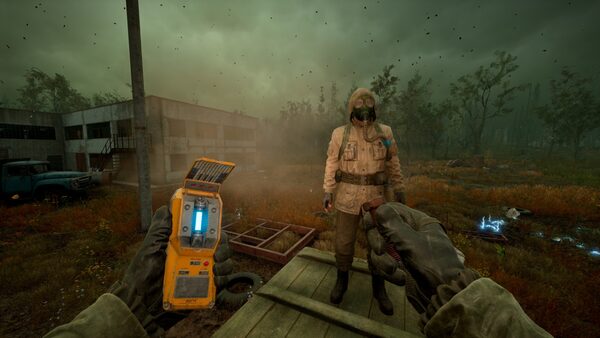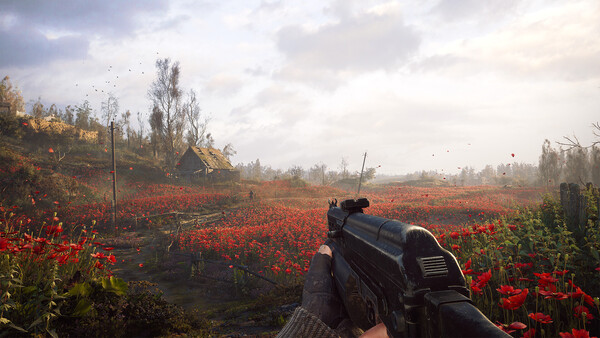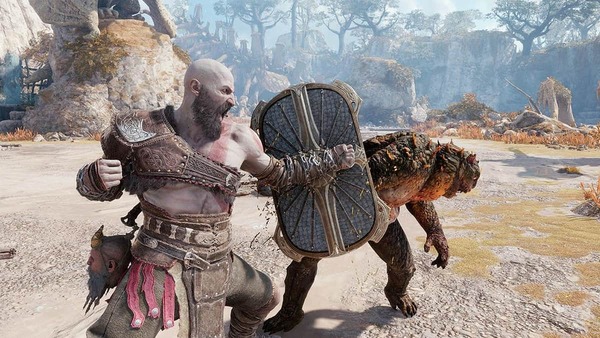Popular Now
S.T.A.L.K.E.R. 2: Heart of Chornobyl builds on the series’ reputation for atmospheric realism and tension, but its handling of radiation and anomaly density is a core issue that deeply affects gameplay. This article explores how rising anomaly occurrences, fluctuating radiation levels, and artifact dynamics in high-radiation zones shape player behavior and zone navigation, often leading to repeated frustration and strategic missteps.

1. Early Encounters: Radiation Introduction.
At first contact, players learn the basics: approaching the reactor zone triggers clear Geiger clicks and visible pulses. Radiation serves as an early alert system—subtle but unnerving.
Geiger Counter Feedback
Players must learn its beeping patterns or suffer harm through improper traversal.
First Aid Reaction
Using anti-radiation meds becomes essential, but carry limited stock; this underlines the game's survival mindset.
Tutorial Design
Guided intro enforces caution, teaching players to stop, assess radiation, and proceed methodically.
Psychological Impact
Even low radiation produces tension in players, influencing movement and encouraging measured pacing.
Read more: STALKER 2: Heart of Chornobyl – Complete Beginner’s Guide, Tips & Survival Strategies
2. Rising Threat: Midzone Anomaly Clusters.

As players push closer to the power plant, anomaly density grows unnaturally—forcefields, gravitational vortices, and standing fire pockets cluster tightly.
This increase forces several consequences:
-
Players must slow down to detect safe passages.
-
Resource consumption escalates as anti-rads and anomaly detectors deplete.
Pathfinding Anxiety
Without proper visuals, environmental masks may appear generic and disorienting, doubling frustration.
Resource Burn
Coping with midzone radiation requires resource stockpiling. Players begin scrounging military convoys even when not on mission.
3. Artifact Farming: Risk vs Reward.
In core zones, artifact density is high—but it's usually found in deadly anomaly nests. Players must weigh quick gains against near-death experiences.
Artifact Types: Med-stabilizers, gravitational stones, heat-absorbing “Firelight cores”.
Risk-Reward Dynamics: Sprinting between detection pings becomes a timed puzzle.
Equipment Stress
Running detectors drains power; armor on low durability may jam under heat or radiation overload.
Adaptive Playstyles
Seasoned players bring artifact detectors and anomaly maps, developing stealthy approaches for optimal gains.
Review and download more Game ( click here )
4. Stealth vs. Gear Tradeoffs.
As anomaly frequency increases, so does the risk of alerting patrols or mutants, especially during artifact hunts.
Two conflict vectors emerge:
- Gear vs Weight – wearing heavy armor helps resist radiation but hampers stealth.
- Detectors vs Munitions – you carry limited inventory slots, so must choose between anomaly detection or combat readiness.
- Loadout Dilemmas
- Light loadouts let players slip past mutants but leave them vulnerable to bursts of lethal radiation from fire anomalies or blasts.
- Adjusting Build
- Many survivors adopt bio-resistance mods alongside lighter ballistic vests—compromising between stealth and survival.

5. Node Mapping: Mental Cartography
To cope with dense correlations between radiation hotspots and anomaly nests, players mentally map safe zones and choke points. Repeated traversal builds a unique “cognitive graph” of the zone.
Route Planning – players memorize detector beeping patterns and radiation thresholds.
Landmarks-Based Navigation – memorizing landmarks like ruined towers and blood-soaked pines aids orientation.
Learning Curve
Handholding minimap markers initially help, but manual note-taking pays longer-term dividends.
Community Shareouts
Online communities exchange “anomaly maps” and shortcut routes to support newcomers.
6. Anomaly Indicators: Visual vs Audio Cues

Visibility in the Zone is foggy. Anomalies may be masked by fog or unseen until triggered. Developers tried balancing:
-
Particle and Distortion Cues: visible only when close.
-
Auditory Hints: distant whirring or distortion, sometimes drowned out by AI combat.
Cue Ambiguity
Players may stumble into hidden anomaly pockets due to visual indistinction or audio masking.
Detection as Skill
High-sensitivity hearing (headset recommended) and attentiveness become vital survival tools.
7. Mid-to-Late Anomaly Saturation: Resource Drain
Players deeper into the zone report serious depletion of medical and repair kits. Radiation contamination hits hard—health drains on low ticks.
This introduces:
-
Scavenging Runs: players devote multiple excursions just to restock.
-
Merchant Dependence: selling early artifact batches to buy supplies for later runs.
Economic Impact
Inflation within zone economy—artifact duplicates drive monetary value, but only in exchange for radiation-stable equipment.
Debt Cycle
Some players trap in debt loops—selling everything for meds and failing to afford ammunition for mutant encounters.
8. Endgame Pressure: Reactor Perimeter
Within the plant’s blast radius, anomalies overlap vascularly. Radiation zones are highest. Survival depends on perfect equipment and navigation.
Players face:
-
Overlapping Radiation and Forcefields: blind zones create safety illusions, leading to fatal mistakes.
-
Limited Safe Windows: detection becomes real-time risk assessment via Geiger counter.
Maxed Builds Only
Only high-tier suits with radiation dampeners and anomaly-proof plating survive these bursts.
Cooperative Play Benefits
Squad communication crucial; shout-it-out markers help guide team to radiation bubbles.
Play online Game H5 ( click here )
9. Modding & Community Solutions
Community modding addresses many trajectory issues:
-
Anomaly Overlay Maps – players install UI mods showing anomaly positions relative to waypoints.
-
Radiation HUD Bars – added visual bar with audio thresholding for easier monitoring.
Popular Mods
Examples include “ZoneScanner” (radar overlay), “X-Ray Comms” (filtering probe detection).
Official Patch Barriers
Developers have resisted official HUD attachments, citing immersion—leading to livid modding culture.
10. Balancing and Future Adjustments

Developer statements hint at upcoming balancing patches:
-
Anomaly Frequency Reduction – less anomalous overlap per square km.
-
Resource Repositioning – more medkits near high radiation sectors.
-
Player Retraining – optional legacy radio broadcasts hinting anomaly patterns.
Patch Roadmap
A planned 1.2 update scheduled for summer 2025 promising 25% anomaly density reduction.
Community Implications
Players hope this softens survival curve without eroding the game’s signature tension.
Read more latest news about game
Conclusion
S.T.A.L.K.E.R. 2: Heart of Chornobyl’s dense anomaly and radiation mechanics define its core challenge. From resource depletion and psychological strain to mental mapping and mod reliance, the high-radiation experience intertwines with broader survival systems. While enriching for hardcore audiences, the steep learning curve alienates newcomers. With planned tuning and community innovation, the Zone’s hazards may yet become balanced—maintaining its harsh beauty without breaking player engagement.


















